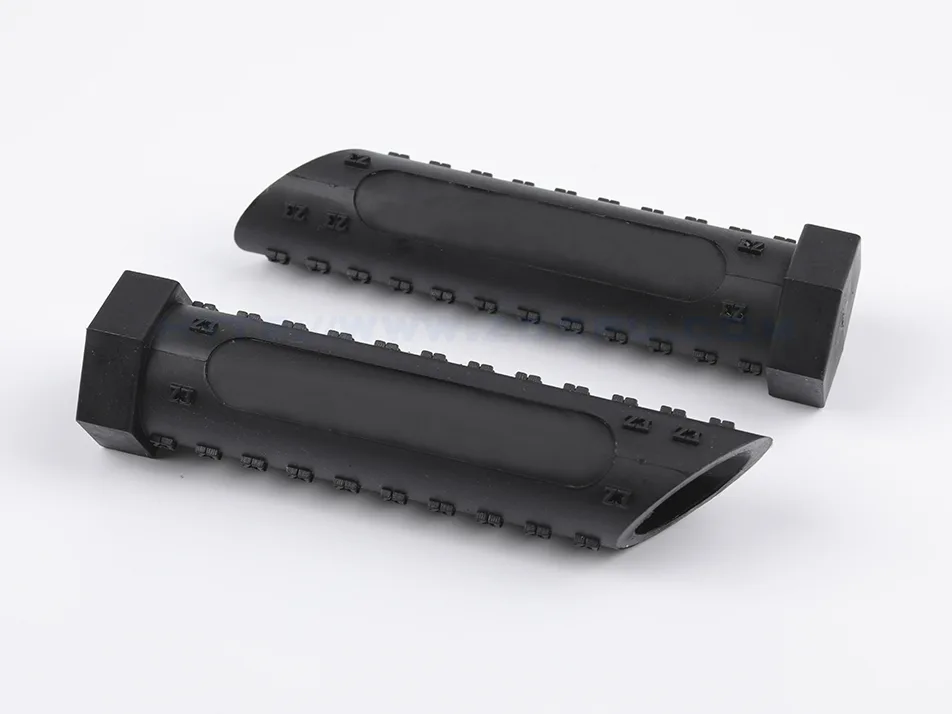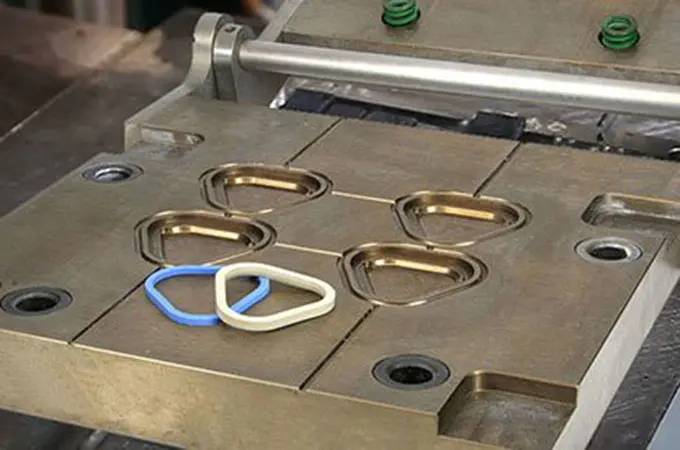Home » Elastomer & Rubber » IIR

IIR/Butyl
Material Type
Rubber
Material Full Name
Isobutylene Isoprene Rubber/Butyl Rubber
Process Compatibility
Compression Molding, Injection Molding,Extrusion,
Bonding Rubber to Metal, Bonding Rubber to Plastic
List of Elastomer & Rubber
List of Plastic Material
List of Metal Material
Custom Butyl Rubber Molding Solution
Start A New Project Right Now!
IIR Description
Price
Strength
Excellent impermeability to gases and moisture, good resistance to heat, weathering, and chemicals.
Weakness
Common Application
IIR Properties for Injection Molding
IIR is suitable for compression, injection, extrusion, and overmolding. Compression is used for thick or simple parts, injection for complex and precise components, extrusion for continuous sealing strips, and overmolding to create composite structures with plastics or other rubbers.
| Property | Metric | English |
|---|---|---|
| Density | 1.15-1.35 g/cm³ | 71.87-84.34 lb/ft³ |
| Shore Hardness A | 35-95 | 35-95 |
| Tensile Strength | 3.48-20.68 MPa | 500-3000 PSI |
| Elongation at Break | 300-800% | 300-800% |
| Min Temp. | -57~-40°C | -70~-40º F |
| Max Temp. | 120~150°C | 250~300º F |
*Please Note: Material properties are for reference only and may vary by brand.
How to Improve Butyl Properties?
When modifying IIR (Isobutylene Isoprene Rubber) to enhance its properties, various additives are incorporated into the polymer matrix during the manufacturing process.
- Additives: Different types of additives, such as plasticizers, fillers (like carbon black or silica), and reinforcing agents (such as carbon fibers or glass fibers), can be mixed with IIR to improve specific properties. For example, plasticizers can enhance flexibility, fillers can improve strength and wear resistance, and reinforcing agents can enhance mechanical properties.
- Blending: IIR can be blended with other elastomers or polymers to create hybrid materials with combined properties. For instance, blending IIR with natural rubber (NR) or styrene-butadiene rubber (SBR) can improve tear strength and processability while maintaining good resistance to heat and chemicals.
- Copolymerization: Copolymerizing IIR with other monomers can modify its molecular structure and properties. By incorporating different monomers during polymerization, the resulting copolymer can exhibit a broader range of properties tailored to specific applications. For example, copolymerizing IIR with ethylene can improve low-temperature flexibility and processability.
Get Custom Butyl Rubber Parts with Zhongde
FAQs of IIR Materials
Can IIR rubber be recycled?
Is butyl rubber suitable for outdoor applications?
Can butyl rubber be used in food-contact applications?
It is easy to fill the form.
Better Quality, Faster Delivery
Upload your design drawing and all uploads are secure and confidential!


